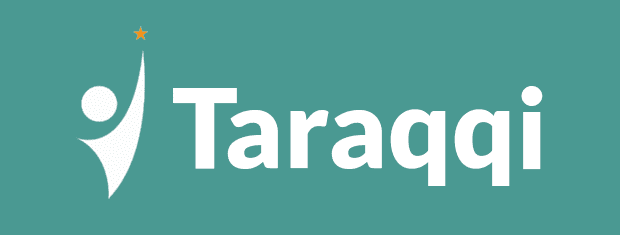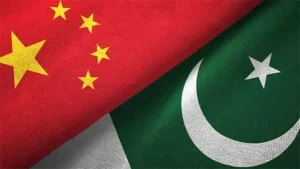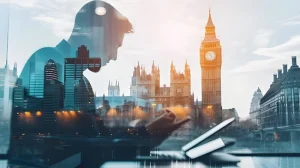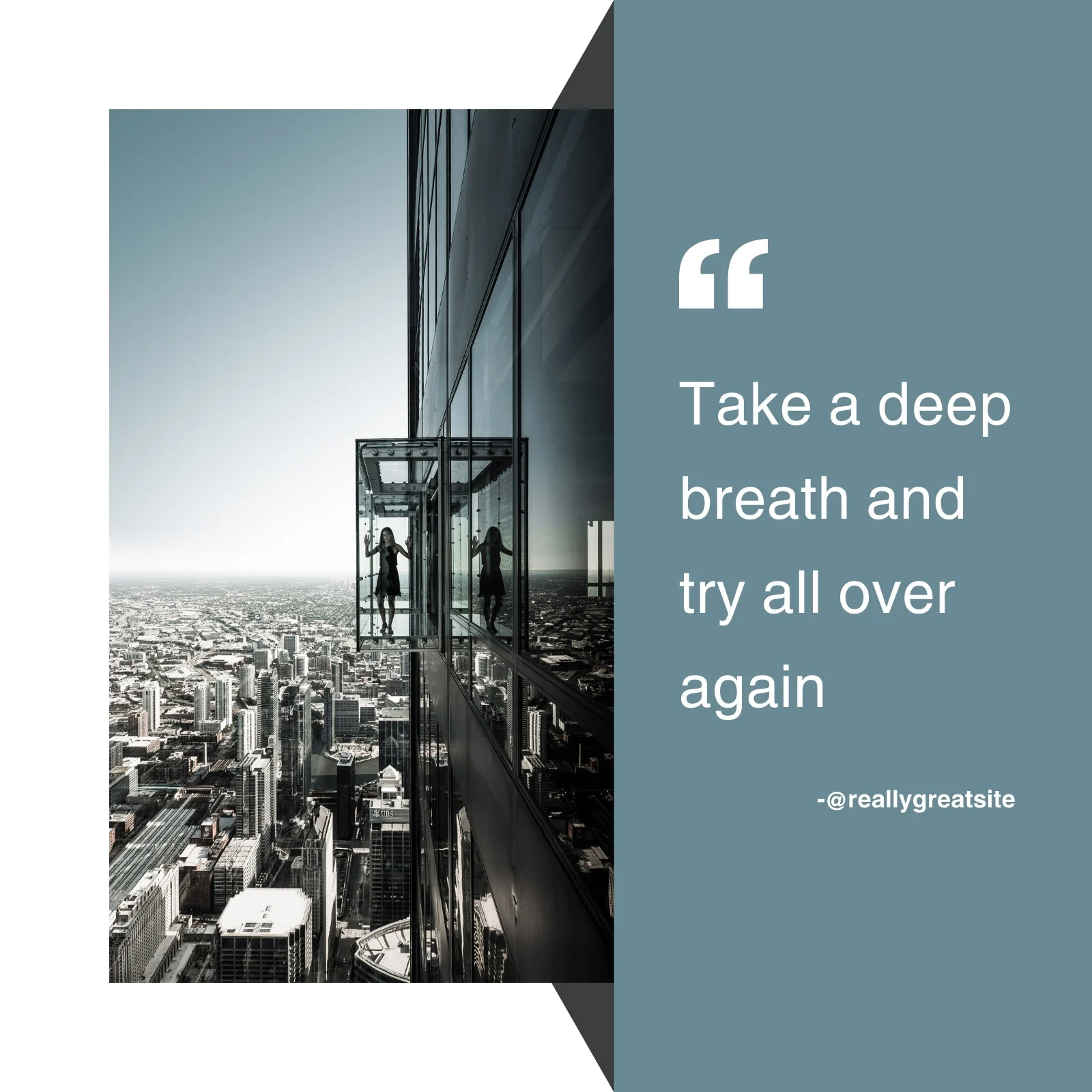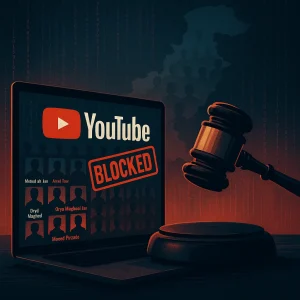
In a move sparking significant debate across Pakistan’s media and digital landscape, a local court in Islamabad has ordered the blocking of 27 YouTube channels, including those operated by several well-known journalists and media figures.
The order, issued at the request of the Federal Investigation Agency (FIA), cites concerns over alleged anti-state content and raises fresh questions about freedom of expression, national security, and digital censorship in Pakistan. According to legal experts and digital rights advocates, the decision could set a pivotal precedent for how online content is regulated and controlled.
Background to the FIA’s Request and Court Order
According to official documents reviewed by various media outlets, the FIA initiated an inquiry on June 2, following reports of what it described as “anti-state narratives” being circulated on these YouTube channels.
The proceedings that were presided over by
Judicial Magistrate Abbas Shah, after hearing the evidence filed by the FIA, found the material enough to constitute urgent action.
The court’s two-page written order emphasized the potential threat such content could pose to Pakistan’s national interest. “It has become imperative to block these channels in accordance with the law,” the document states.
Many analysts view this development as part of Pakistan’s increasing efforts to monitor and regulate digital spaces under the banner of national security. As per a report by Digital Rights Foundation (DRF), online spaces in Pakistan have faced growing restrictions, particularly for journalists and political commentators critical of state institutions.
Who Are the YouTubers Affected?
The blocked list reads like a who’s who of Pakistan’s digital commentary scene. Prominent journalists and commentators, such as Matiullah Jan, Asad Toor, Siddique Jan, Orya Maqbool Jan, Arzoo Kazmi, Habib Akram, Imran Riaz Khan, Sabir Shakir, Aftab Iqbal, and Moeed Pirzada, have found their channels targeted.
A complete list of the affected channels includes:
- Haider Mehdi
- Siddique Jaan
- Sabee Kazmi
- Orya Maqbool Jan
- Arzoo Kazmi
- Rana Uzair Speaks
- Sajid Gondal
- Habib Akram
- Matiullah Jan MJtv
- Asad Toor Uncensored
- Imran Raza Khan
- Naya Pakistan
- Sabir Shakir
- Imran Khan
- Aftab Iqbal
- Real Entertainment TV
- Pakistan Tehreek-e-Insaf
- Daily Qudrat
- Abdul Qadir
- Charsadda Journalist
- Naila Pakistani Reaction
- Wajahat Saeed Khan YouTube
- Ahmad Noorani YouTube
- Nazar Chohan YouTube
- Moeed Pirzada YouTube
- Makhdoom Shahabud Din YouTube
- Shayan Ali YouTube
As per media analysts, these channels collectively command millions of subscribers and significant influence over public opinion, making this legal action highly consequential.
Legal and Political Implications of the YouTube Ban
The decision has sparked off the argument over the contrary aspect of national security and freedom of speech. Many legal experts argue that while states have legitimate concerns over harmful content, sweeping bans risk stifling dissent and limiting access to diverse viewpoints.
“Freedom of expression is guaranteed under Pakistan’s Constitution,” noted Advocate Sara Malkani, a lawyer specializing in digital rights, in an interview with The News. “However, such freedoms are increasingly being curtailed under the pretext of national security.”
The FIA insists its action is lawful, citing Section 37 of the Prevention of Electronic Crimes Act (PECA) 2016, which allows blocking of online content deemed harmful to the state or society.
According to experts from the Pakistan Institute of Legislative Development and Transparency (PILDAT), this case could set a precedent for further interventions in the digital sphere, particularly targeting journalists and political content creators.
ALSO READ: British-Pakistani Donates Life Savings to Rebuild 35 Schools in Azad Kashmir
Reaction from Media and Civil Society
Reaction to the court’s decision has been swift and polarized. Civil society organizations like Human Rights Commission of Pakistan (HRCP) and the DRF have condemned the move as an attack on press freedom and an attempt to silence dissent.
“Such actions signal a dangerous trend toward censorship and suppression of independent journalism,” said Nighat Dad, Executive Director of DRF, in a statement published in Dawn.
Conversely, some government officials and security analysts defend the decision. “The digital space cannot be allowed to become a platform for spreading anti-state propaganda,” said a senior FIA official who spoke on condition of anonymity.
Public sentiment also appears divided. Many social media users express support for cracking down on what they view as harmful or false narratives, while others fear this will escalate into broader suppression of free speech.
How This Decision Impacts Pakistan’s Digital Landscape
Blocking these channels represents a significant step in Pakistan’s evolving digital regulatory environment. According to data from the Pakistan Telecommunication Authority (PTA), YouTube is one of the country’s most accessed platforms, used by millions for news, entertainment, and political discourse.
Analysts suggest that targeting influential YouTube channels could reshape how Pakistanis consume news and information online. Many fear a chilling effect where journalists may self-censor to avoid government scrutiny.
Educational platforms like Media Matters Pakistan suggest that users may increasingly turn to VPNs or alternative platforms to access blocked content, complicating enforcement efforts.
Meanwhile, digital rights groups warn that such measures could damage Pakistan’s reputation internationally, particularly regarding press freedom and democratic values.
Future Outlook and Legal Pathways
While the court order demands immediate blocking, legal avenues remain open for affected content creators. According to legal practitioners, those impacted may file appeals in higher courts, such as the Islamabad High Court, challenging the legality and proportionality of the bans.
“Judicial oversight remains a crucial check on executive power,” explained Advocate Jibran Nasir in an interview with Geo News. “There’s a possibility the high courts might review whether due process was properly followed.”
However, digital rights experts caution that the outcome could depend heavily on the prevailing political climate and judicial willingness to uphold free speech standards.
Frequently Asked Questions (FAQs)
Why did the Islamabad court order the blocking of 27 YouTube channels?
The court acted upon a request from the FIA, which alleged that the channels were spreading anti-state content posing a threat to national security. Evidence was presented to the court, which found it sufficient to justify immediate blocking under Pakistani law.
Which journalists and channels are affected by the ban?
High-profile journalists such as Matiullah Jan, Asad Toor, Orya Maqbool Jan, Habib Akram, and Moeed Pirzada are among those whose channels have been blocked. The list comprises 27 channels, many with significant subscriber bases and influence.
Is the ban permanent or temporary?
The order requires immediate blocking but does not specify whether the ban is permanent. Affected parties may challenge the decision in higher courts, potentially leading to reversals or modifications.
How could this ruling affect digital freedom in Pakistan?
Experts warn it could set a precedent for further state intervention in online content, particularly targeting journalists and political discourse. While intended to protect national security, it raises concerns about press freedom and censorship.

